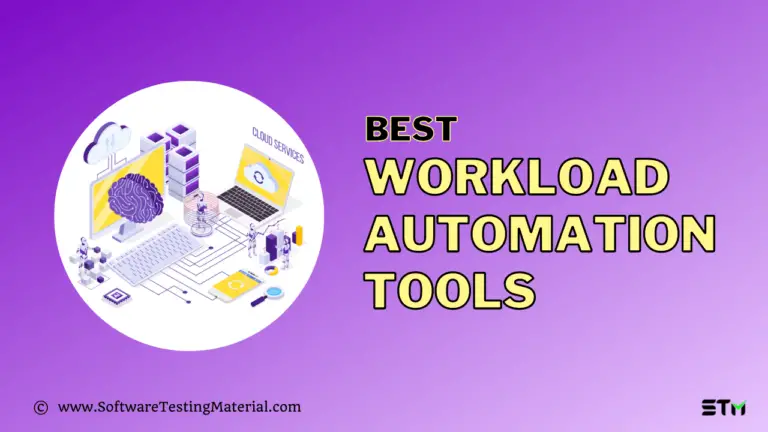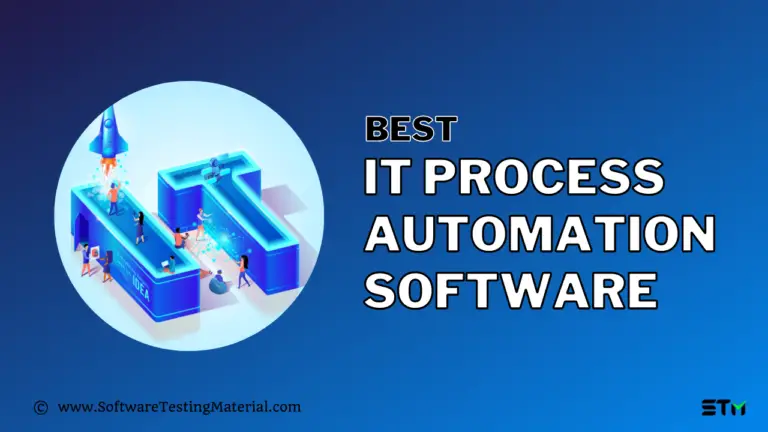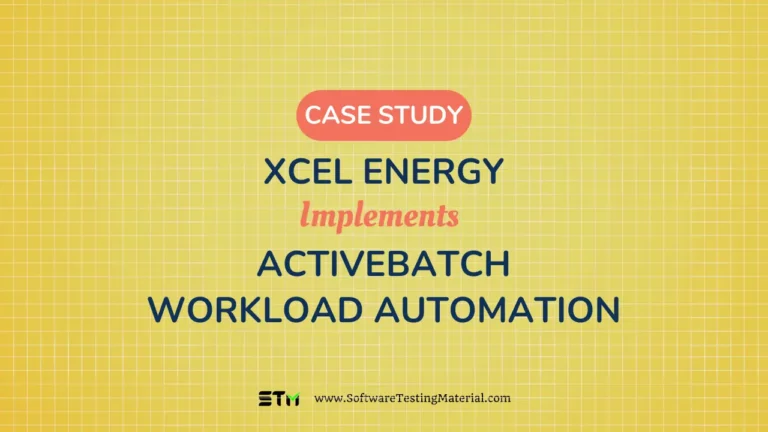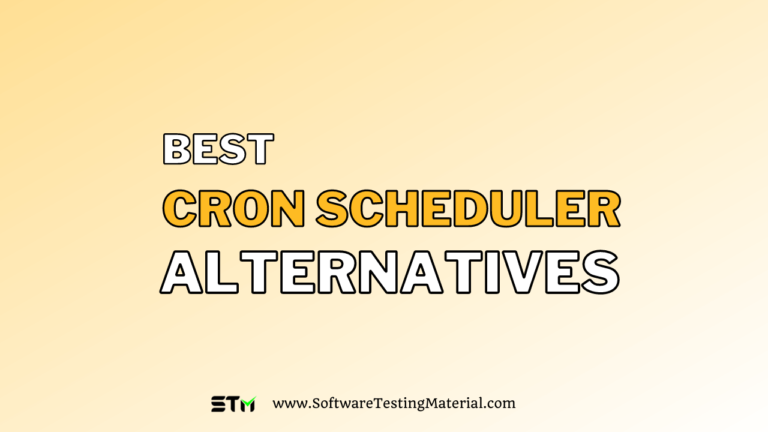9 Top Workload Automation Trends to Watch in 2025
In this article, we’ll dive into the top workload automation trends that are reshaping how companies operate in 2025. Get ready to supercharge your productivity!
In today’s fast-paced digital landscape, the need for efficient and reliable automation solutions is more critical than ever. Workload Automation (WLA), which was once focused on streamlining repetitive IT tasks, has transformed into a comprehensive approach to managing and optimizing complex workflows across diverse environments.
This evolution has led to the emergence of Service Orchestration and Automation Platforms (SOAP), which integrate advanced technologies like AI, machine learning, and cloud computing to provide end-to-end automation solutions.
As businesses continue to adopt digital transformation strategies, understanding the latest trends in workload automation is essential for staying competitive and ensuring seamless operations.
As per EMA, Workload Automation (WLA) market is projected to experience significant growth, with estimates indicating it could reach as high as $5.1 billion from 2022 to 2027. This growth reflects the increasing demand for efficient process automation and the continuous evolution of technology in the business landscape.
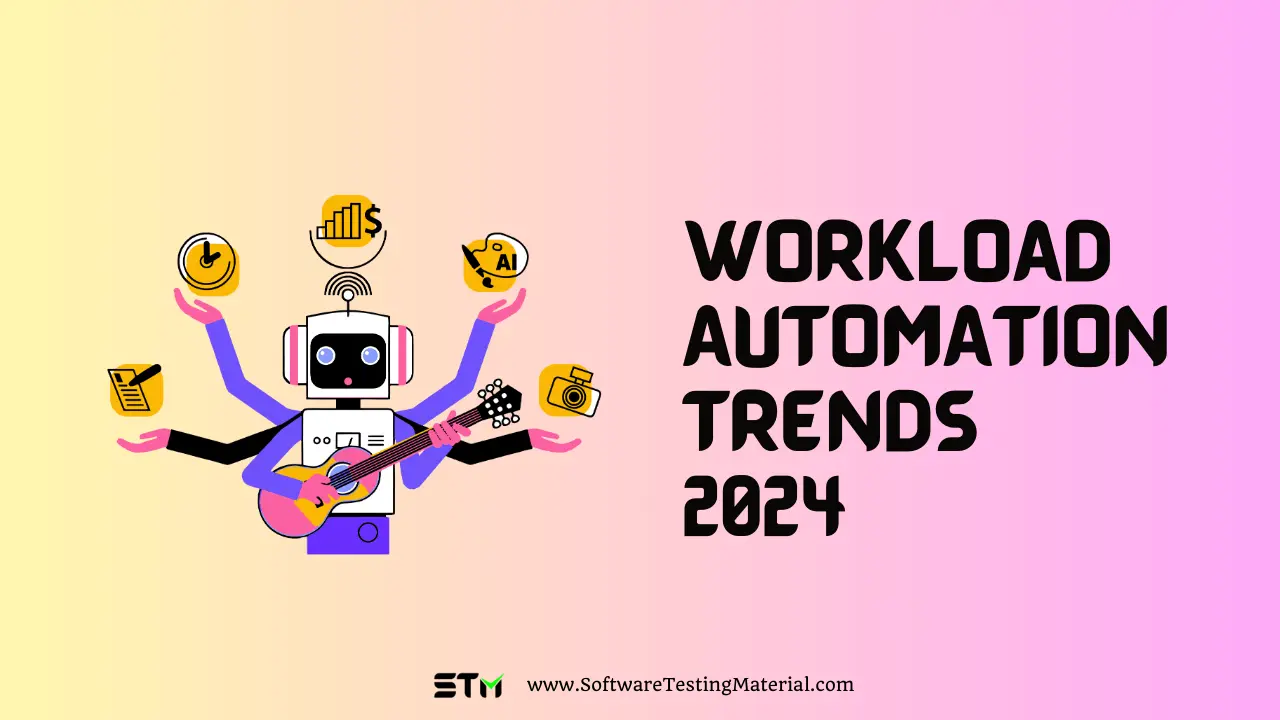
Workload Automation Trends
#1. Increased Adoption of AI and Machine Learning
Artificial intelligence (AI) and machine learning are becoming integral to workload automation. These technologies allow systems to learn from data patterns and make decisions without human input.
For instance, AI can predict peak usage times and automatically allocate resources, leading to improved performance and cost savings.
As more businesses harness AI, the ability to analyze vast amounts of data in real-time will enhance decision-making and optimize workflows.
#2. Shift to Cloud-Based Solutions
With the rise of cloud computing, more organizations are adopting cloud-based workload automation solutions. These platforms offer flexibility, scalability, and accessibility, allowing businesses to manage their workloads from anywhere.
Cloud solutions often reduce IT costs, as they minimize the need for on-premises infrastructure.
Additionally, they enable seamless integration with other cloud services, enhancing overall operational efficiency.
#3. Self-Healing Automation
Self-healing automation is a growing trend that enhances the resilience of automated processes. This approach involves systems that can autonomously detect issues, diagnose problems, and initiate corrective actions without human intervention.
For example, if a task fails due to an error, a self-healing system can identify the malfunction, reroute the task, or resolve the issue on its own.
IT teams often dedicate a substantial amount of time to manual tasks, which can impede project delivery and service enhancements. By integrating AI with self-healing capabilities, this challenge can be mitigated, leading to more reliable IT ecosystems. Such integration enhances service level agreements (SLAs), reduces downtime, boosts confidence in automated processes, and enables IT teams to concentrate on strategic initiatives.
As businesses continue to seek greater efficiency, the incorporation of self-healing automation solutions will be critical in creating robust and adaptive workflows that can respond dynamically to unexpected challenges.
#4. Hybrid and Multi-Cloud Workload Orchestration
Hybrid and multi-cloud workload orchestration is becoming increasingly essential in the landscape of workload automation.
This trend involves the coordinated management of applications and data spread across various cloud environments, including public, private, and on-premises infrastructures.
By leveraging a hybrid cloud strategy, businesses can optimise resource usage, ensuring that tasks are processed where they are most cost-effective and efficient.
Orchestration tools play a vital role in this context, enabling seamless integration and interaction between different cloud services.
They facilitate automated workflow management, allowing IT teams to deploy and scale applications across multiple clouds without being locked into a single vendor.
This flexibility also enhances resilience and disaster recovery, as workloads can be shifted dynamically based on performance, costs, or availability.
As organisations continue to adopt diverse cloud strategies, mastering hybrid and multi-cloud workload orchestration will be crucial for achieving operational excellence and driving innovation.
#5. Generative AI
Generative AI is becoming a key trend in workload automation, significantly enhancing efficiency and decision-making in organizations.
By utilizing machine learning and large datasets, it can create predictive models, automate content generation, and optimize workflows, reducing the burden on human resources.
Its ability to analyze historical data allows for accurate forecasts, particularly in supply chain management.
Additionally, generative AI improves customer experiences through automated interactions.
As this technology evolves, its integration into automation tools will help companies adapt quickly to market changes and enhance their operations, providing a competitive edge.
#6. Low-Code/No-Code Automation Platforms
Low-Code/No-Code automation platforms are making it easier for everyone to create automated workflows, not just tech experts. Imagine being able to build a complex machine just by drawing pictures or connecting dots – that’s what low-code/no-code platforms do for automation.
Anyone in companies can create their own automated processes without needing to know complicated computer languages. They can drag and drop elements to create workflows, test them quickly, and make changes on the fly.
It’s like giving everyone in the company a magic wand to create their own helpful robots!
#7. Enhanced Security and Compliance Features
As cyber threats continue to grow, security in workload automation is becoming a top priority. With more work happening online, keeping everything safe and following the rules is super important.
Modern automation tools now incorporate advanced security features such as encryption, access controls, and regular audits.
These enhancements ensure that sensitive data is protected while automated processes run.
Organizations are recognizing the importance of securing their automated workflows to maintain trust and compliance with regulations.
#8. Focus on DevOps Integration
DevOps, a combination of development and operations practices, is being closely integrated with workload automation. This trend emphasizes collaboration and continuous deployment, enabling faster and more reliable software releases.
By automating repetitive tasks in the development cycle, teams can focus on innovation instead of routine work.
This alignment helps organizations respond quickly to market demands and enhances productivity.
#9. Growing Importance of Analytics and Reporting
The demand for actionable insights is driving the trend towards more robust analytics and reporting features within workload automation tools.
Organizations are utilizing these capabilities to gain visibility into their operations, identify bottlenecks, and optimize processes.
By having access to comprehensive data and reports, businesses can make informed decisions that enhance efficiency and resource allocation.
Conclusion – WLA Software Trends
Workload automation is transforming how organizations operate by improving efficiency, reducing costs, and increasing security. As workload automation trends such as AI integration, cloud adoption, security enhancements, DevOps alignment, and advanced analytics continue to evolve, businesses must stay informed and adapt to these changes. By embracing these trends, organizations can maximize their operational potential and maintain a competitive edge in today’s dynamic marketplace.


